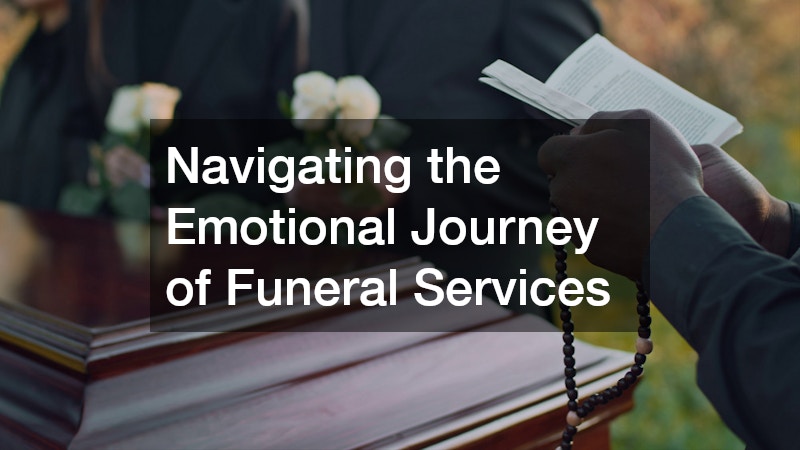What Is Direct Cremation?
When faced with the difficult task of arranging a funeral, many Australians seek options that are respectful, straightforward and cost-effective. One such option gaining popularity is direct cremation.
Despite its growing use, there remains some confusion about what direct cremation entails and how it differs from traditional funeral services. Direct cremation is a simple and dignified method of handling a person’s remains without the ceremonial aspects typical of conventional funerals.
Unlike traditional cremations, which often include a viewing or memorial service prior to the cremation, direct cremation involves the immediate cremation of the body shortly after death, without a formal service beforehand. This absence of ceremonial proceedings means that direct cremation tends to be more affordable and less complicated.
Direct cremation offers a streamlined process where the focus is on the respectful handling of the deceased rather than on elaborate rituals. For many, this simplicity is comforting during a time often filled with emotional and logistical challenges. Because it eliminates the need for expensive components such as caskets, hearses and service venues, direct cremation is increasingly seen as a practical solution for families wanting a dignified farewell without unnecessary extras.
Why Is Direct Cremation Becoming More Popular?
In Australia, the rising interest in direct cremation can be attributed to several factors. One major reason is the desire for a low-cost alternative that respects the deceased while easing the financial burden on families. Traditional funerals often come with expenses for venue hire, caskets, flowers, catering and other services, which can quickly add up to thousands of dollars. By removing these elements, direct cremation offers a practical choice for those who prefer to forgo elaborate arrangements and focus on simplicity.
Furthermore, changing social attitudes towards death and funerals also play a role in the appeal of direct cremation. Many Australians now seek to customise the way they commemorate their loved ones, often preferring smaller, private gatherings or even informal celebrations in the comfort of their homes. The straightforward nature of direct cremation suits these preferences perfectly, offering a respectful alternative that aligns with modern values.
What Does Direct Cremation Involve?
It is important to understand what direct cremation services typically include. Usually, the process begins with the collection and transportation of the deceased from the place of death—whether a hospital, nursing home or private residence—to the crematorium. The body is then cremated without a viewing or service and the ashes are returned to the family or next of kin. Depending on the provider and family wishes, ashes may be delivered in a simple container or a more personalised urn.
Legal requirements for direct cremation in Australia are similar to those for other types of cremation. A death certificate and authorisation for cremation must be obtained before the process can proceed. Funeral directors or cremation providers are responsible for ensuring that all paperwork is completed in accordance with state and territory regulations, which vary across the country. These formalities guarantee that the process is lawful and conducted with due respect.
Addressing Common Misconceptions
One common misconception about direct cremation is that it is impersonal or disrespectful. On the contrary, many families appreciate the simplicity and focus on the deceased rather than the ceremony. Direct cremation can be a dignified choice that honours the wishes of the person who has passed or their family. It is also a practical solution for those who may live far from relatives or who prefer a private farewell.
It is important to recognise that respect and dignity do not depend on the scale of the ceremony but on the care and intention behind it. For many, direct cremation allows for a more genuine expression of remembrance because it avoids the sometimes overwhelming aspects of formal funerals. The flexibility to arrange a memorial service at a later time often leads to more thoughtful, personal gatherings where family and friends can truly celebrate the life of their loved one.
Choosing the Right Provider & Considering the Environment
Choosing a reputable direct cremation provider is essential to ensure a smooth and respectful process. Families should look for companies that are transparent about costs, services included and legal compliance. Clear communication and professionalism are key factors when selecting a provider, as this can provide peace of mind during a difficult time.
Since direct cremation excludes many additional services and products, it is often viewed as a more environmentally friendly option. Those who are particularly conscious of sustainability may also explore complementary options such as biodegradable urns or natural memorial gardens.
Planning Ahead & Final Thoughts
When considering direct cremation, it is advisable to discuss wishes with family members or document preferences beforehand. Advance planning can reduce stress and ensure that decisions reflect the values and desires of the person who has died. Funeral pre-planning services and discussions with funeral directors can provide helpful guidance and clarity, allowing families to make choices with confidence.
Whether opting for direct cremation due to financial reasons, personal preference or cultural considerations, it is a valid and meaningful way to honour a loved one. As with any end-of-life decision, clear communication and informed choices are vital. By learning about direct cremation services, families can approach funeral arrangements with confidence and compassion.
.




